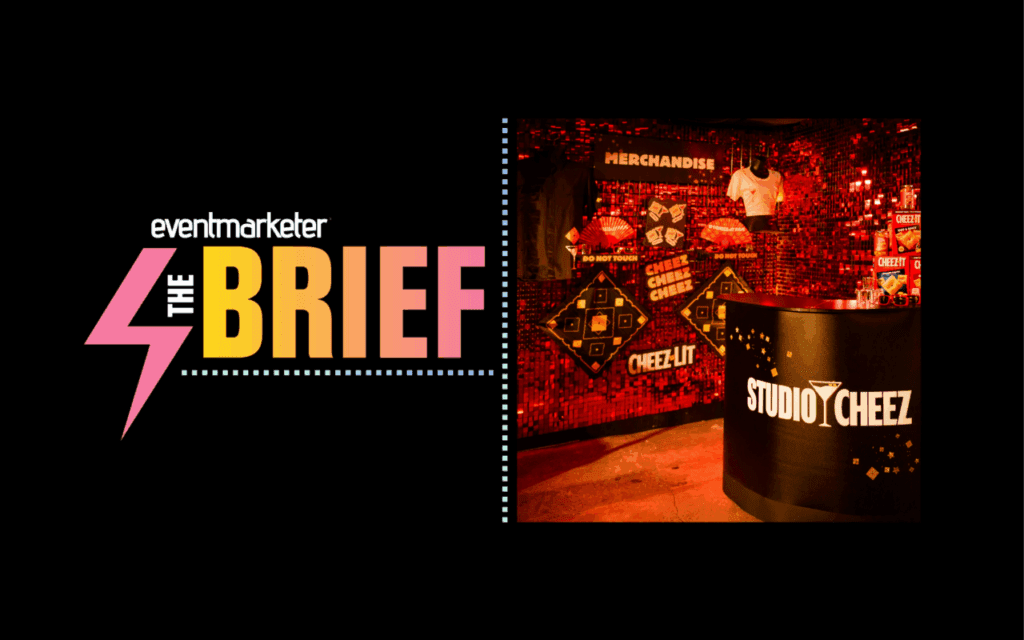When not used as merely a gimmick, QR codes can help marketers increase the reach and ROI of integrated marketing campaigns.
So far, the vast majority of QR codes use in marketing campaigns has been by B2C marketers, but B2B marketers are increasingly incorporating them into print ads, whitepapers, event brochures and other promotional pieces, says Jim Levinger, president, Q-Ray Media Inc.
All marketers must remember that a QR code by itself is not a solution. "It is a visual hyperlink, a connection between one thing and something else," says Levinger. "You need to think of it as a component and build it into an integrated marketing program."
This is where a lot of campaigns have fallen down, he said. "If a QR code takes a prospect to a landing page that isn't relevant, the marketer will say 'I tried that and it didn't work.' Well, of course it didn't work, because the program wasn't very well thought out. Too many folks have used QR codes as gimmicks, to fill white space in an ad. There needs to be a strategic point."
Levinger notes that marketers need to realize that there are "4 M's" to making QR codes a successful part of a marketing initiative.
1. Motivate: The first step, obviously, is that you need to get the user to scan the QR code.
2. Mobilize: The destination of the QR code must be suitable to phones, tablets and any mobile device. "You don't always have to build a complete mobile site, but the site does have to be appropriate," he says. "And remember that it needs to be relevant at the point in time—in-store, for example—that the user scans the code."
3. Monitor: Systems must be in place so marketers can understand the results of the promotion, and differentiate results from various channels and offers.
4. Monetize: "How is a QR code generating results for your company?" he says. "Can you use it in a way that will generate some ROI?"
The last part of that quartet can be the most difficult for many marketers. After all, if you just grab a URL from a destination page and past it into a QR code generator, you really won't have a solid way of tracking whether visitors came to the page via your QR code.
Services like Levinger's Q-Ray can manage the process, using a bit-ly type URL that would direct information to Q-Ray's servers with a unique identifier for each QR code, to allow a client to see what scans occurred and when. If a B2B marketer was running ads in different industry publications, this type of tracking would allow them to see which magazines are drawing the most traffic, and thus where they should allocate their media spend.
On the B2C side, Canada's tourism board created a print campaign that looked like their online creative and used QR codes to make the print interactive. "The ads ran across the U.S. and Europe and gave people more information that was useful to them," Levinger says. "Properly tracked, QR codes can give people the types of insights from traditional media like print that they're used to getting from interactive media."
 Network
Network

